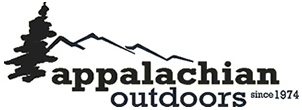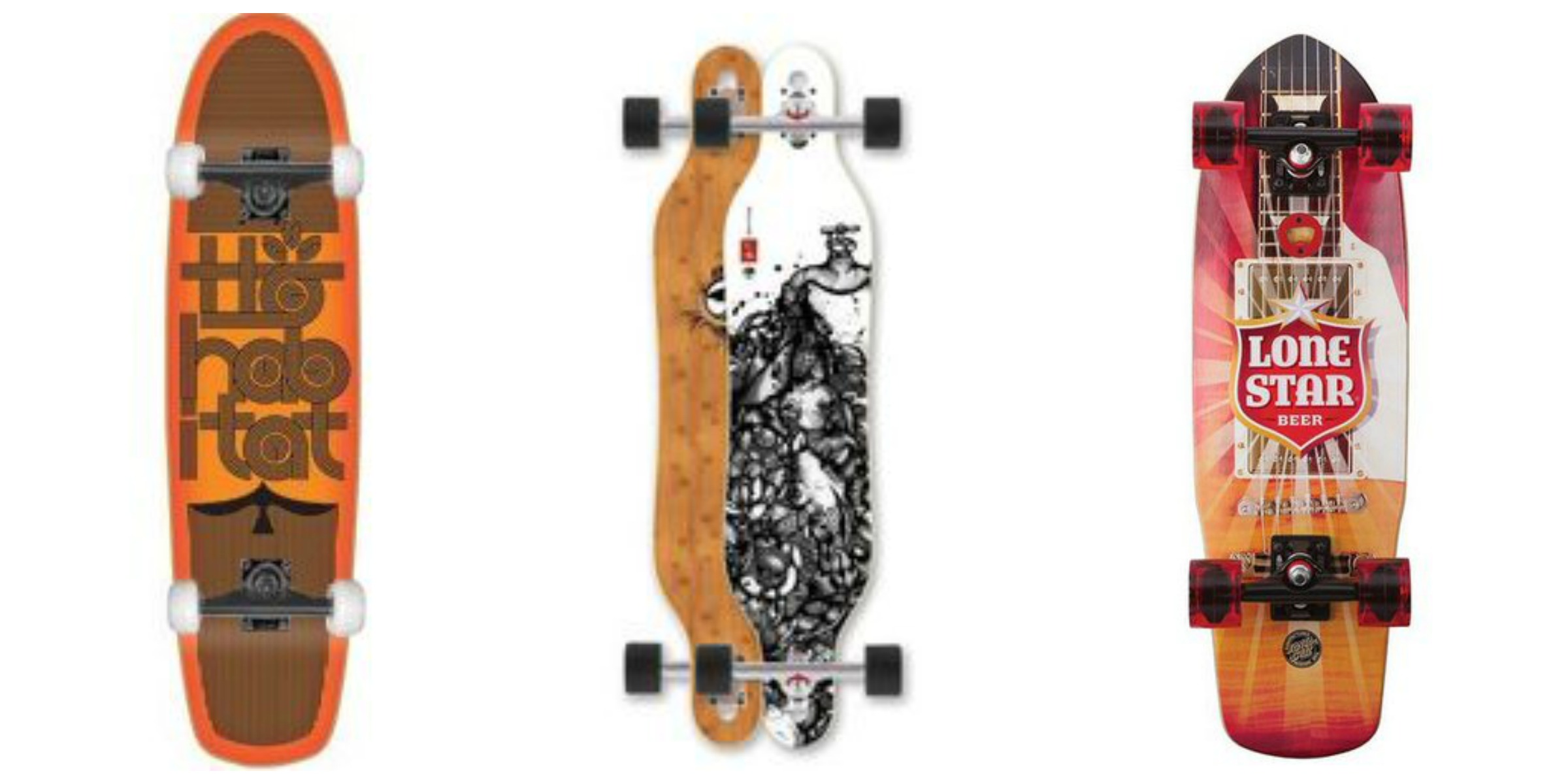by Levi Opsatnic
.
When first deciding on a skateboard, it can be difficult to figure out the different parts of the skateboard, what some of the parts are made from, and which brands to trust. To make things easy for beginner riders, a skateboard has six different components: the griptape, deck, hardware, bearings, wheels, and trucks. All parts of a skateboard are designed to work flawlessly together to create a complete ride that can be enjoyed anywhere with very few limitations.
Let’s start from the topside of the board with the griptape. Griptapes are generally all the same and offer the same feature: to provide an abrasive platform to help perform tricks and keep your feet gripped to your board. There are a ton of different brands of griptape, but each brand basically function similarly to one or another. Either go with your own preferences or try Black Magic Skateboard Grip Tape, one of the more tried and true brands out there.
The next part of a skateboard is the deck. Decks are usually made from either Canadian maple or Chinese maple woods, but Canadian maple is usually the preferred material since it tends to have a harder and stiffer feel. Skateboard decks range in widths from 7 inches up to 9 inches, while the length of a deck varies from 29 inches to 33 inches. When choosing your size, remember to keep your shoe siz e in mind. It’s rather simple: if you have larger feet, say a size 10 and above, you will want something a bit wider, at least 8 inches wide. If your feet are smaller than a size 10, you can choose a size smaller. The nice part about a deck’s length is that most skateboard companies do a pretty solid job of coordinating a comfortable length with a comfortable width. Once you find a width that works, chances are you have also found a length that is suitable for you too. As far as choosing which brand of deck to buy, you’ll want to try out a few different brands by going to a skate shop and really examining the deck. A few good brands to start with would be: Alien Workshop, Real, Krooked, Toy Machine, and Chocolate. Of course, you can always check out our selection of skateboard decks at Appalachian Outdoors.
e in mind. It’s rather simple: if you have larger feet, say a size 10 and above, you will want something a bit wider, at least 8 inches wide. If your feet are smaller than a size 10, you can choose a size smaller. The nice part about a deck’s length is that most skateboard companies do a pretty solid job of coordinating a comfortable length with a comfortable width. Once you find a width that works, chances are you have also found a length that is suitable for you too. As far as choosing which brand of deck to buy, you’ll want to try out a few different brands by going to a skate shop and really examining the deck. A few good brands to start with would be: Alien Workshop, Real, Krooked, Toy Machine, and Chocolate. Of course, you can always check out our selection of skateboard decks at Appalachian Outdoors.
Following the deck, comes the trucks. Trucks are mostly made from a few different metals, including steel, aluminum, and titanium. There are two main parts to a truck: the baseplate and the hangar. The metal baseplate mounts your trucks to your deck, and the hangar is the upper metal piece that attaches to the wheels. The trucks serve to support and steer the board. Fortunately, you can tighten or loosen your trucks depending on your preference, but the looser your trucks are the better your ability to steer is. Trucks, like most other aspects of the skateboard are usually determined by preference, with the only real factor being width. Trucks are offered in a variety of widths to match the width of decks; however, it is extremely important for your trucks to be fairly close in width to your deck. A few of the more notable trucks on the market are: Krux, Independent, Thunder, and Theeve.
Another integral piece to a skateboard is the mounting hardware, or merely called the “hardware.” Hardware is made from various metals and consists of a screw and nut system to secure your trucks. Hardware is fairly simple, but serves an important purpose since it is used to attach your trucks to your skateboard. When tightening hardware, it is vital to keep the bolt secure with a screwdriver as you tighten the nut. Choosing hardware is simple since it is all generally the same, with the length being the only fluctuating feature. Hardware ranges in length from 7/8 of an inch to about 2 inches. A good all-purpose size is usually 1 inch.
The bearings are the next element to a skateboard. Bearings are also crafted from metals and are used to allow the wheel to spin freely. Bearings are evaluated on an ABEC rating system that ranges from ABEC1 to ABEC7 with ABEC7 being the fastest. Beginning riders probably should consider trying a lower ABEC until they are comfortable on a skateboard, but ultimately the choice will be up to your style. There are tons of bearing brands out there, but a few of the more esteemed companies are: Shake Junt, Bones, and Lucky.
Last, but certainly not least, we are left with the wheels. Wheels, as you probably guessed, allow the skateboard to roll. Wheels are crafted from urethane and come in a slew of sizes ranging from about 48 millimeters to 68 millimeters. Also, wheels are given an aurometer rating, which basically determines the wheel’s hardness; the lower the aurometer, the softer the wheel will be. A general rule of thumb is that larger and softer wheels are better for cruising where smaller and harder wheels will be better for sliding and performing tricks. Wheels are also best determined by what you like; however, a few of the more popular brands are: OJ, Spitfire, and Bones.
Choosing what skateboard is just right for you is a difficult task and can take as long as a few years to fully figure out. Once you’ve got a board tailored to your specific riding style, you get the joy of riding a skateboard that is comfortable and makes for some confident riding. The best way to figure out what works for you is by testing the waters. Stop by Appalachian Outdoors to see our selection of skateboards and skateboard parts to get your ride all set up.


The Ollie is the first trick that most skateboarders learn.